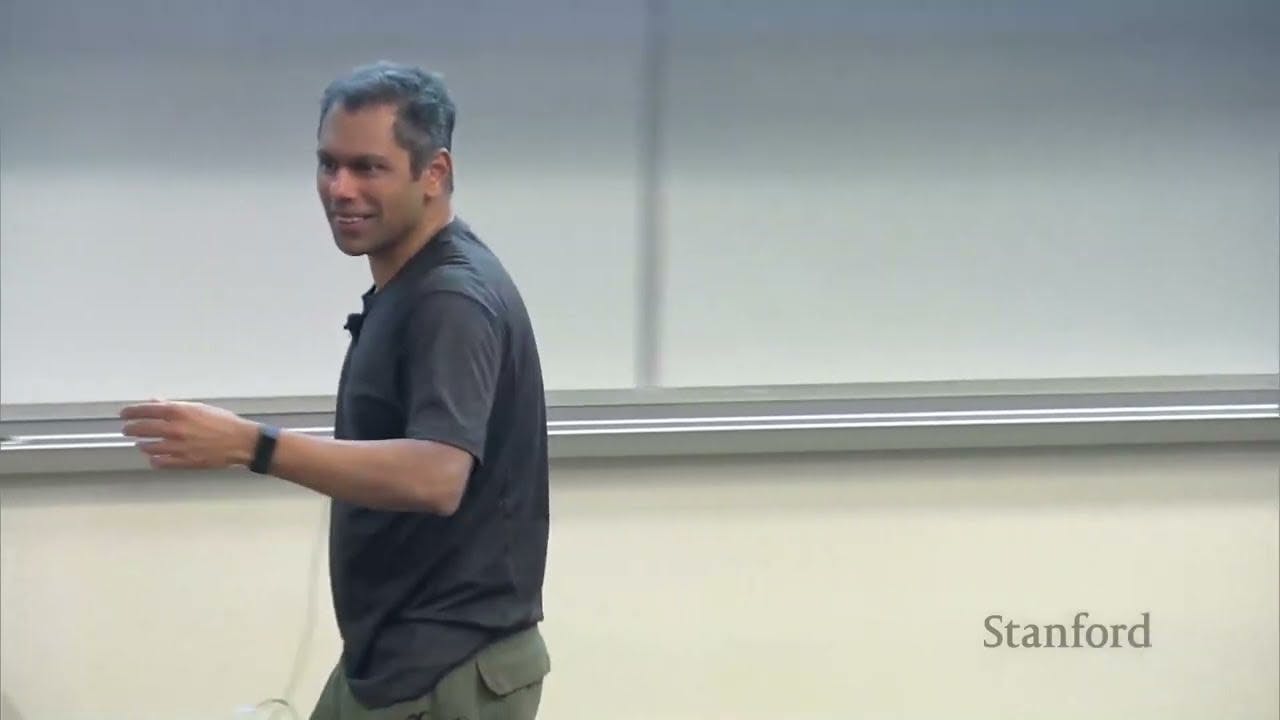Stanford Seminar - The Human Factors of Formal Methods
()

Formal Methods
- SAT solvers can be used to solve technical problems by converting them into SAT questions.
- Model-theoretic tools can generate instances that satisfy a given formula, aiding in understanding and articulating system properties.
- The output of a SAT solver can expose subtle bugs and help explore pathological instances.
- Principled model finding aims to produce instances with richer properties, enabling systematic model exploration.
- The speaker's team developed recognized systems like Aluminum and Amalgam for principled model finding.
Human Factors in Formal Methods
- A study showed that students given a tool with minimal instances struggled, highlighting the need to consider human factors in tool design.
- The concept of "intended cognitive impact" emphasizes the importance of visual output design based on perceptual psychology.
- Studying models like blob society demonstrates how users inductively derive facts by observing scenarios, applicable to complex systems like security policies.
- "Contrasting cases" can improve formal methods tools by using negative examples to help people learn and understand concepts.
- The speaker introduces "Forge," a tool that allows users to create domain-specific visualizations to aid in understanding complex concepts.
Visualization Challenges
- The Stroop effect illustrates how reaction times are affected by information congruence or incongruence.
- The "stoop effect" in visualization occurs when logically related objects are placed far apart, leading to confusion.
- Creating visualizations requires respecting spatial, temporal, and other relationships to avoid misleading users.
- Domain-specific visual metaphors and epistemically closed input languages can improve visualization usability.
Challenges in Using Linear Temporal Logic (LTL)
- LTL is used in verification, synthesis, and robot planning.
- Translating between LTL formulas and English statements accurately is challenging.
- A three-year study with 30 active LTL users revealed common misconceptions, including the "exclusive human misconception" related to "x until y" formulas.
- Designing logics based on human-centric methodologies and validating usability through empirical studies is crucial.
- "Forge" is a tool that helps teach formal methods and includes validated instruments for assessing misconceptions.
Creating Domain-Specific Visualizations
- Challenges include conveying domain semantics without overwhelming users with unnecessary details.
- Enriching semantics with topology or geometry can convey directionality, time position, and spatial projections.
- Determining how much semantics to include while maintaining operation validity is complex.
- Embedding more domain semantics enables sophisticated contrasting cases and causal models.
- Modifying the visualizer's description language to incorporate semantics is necessary.
Human-Centered Design of Formal Methods Tools
- Formal methods tools should consider the quality of error messages and user feedback.
- Designing student-friendly interfaces presents challenges, as exemplified by the speaker's experiences with Dr. Racket.
- Tools could potentially educate themselves based on user input, such as administering validated instruments to understand language interpretations.
- Tool developers should take more responsibility for improving usability rather than relying solely on user feedback.